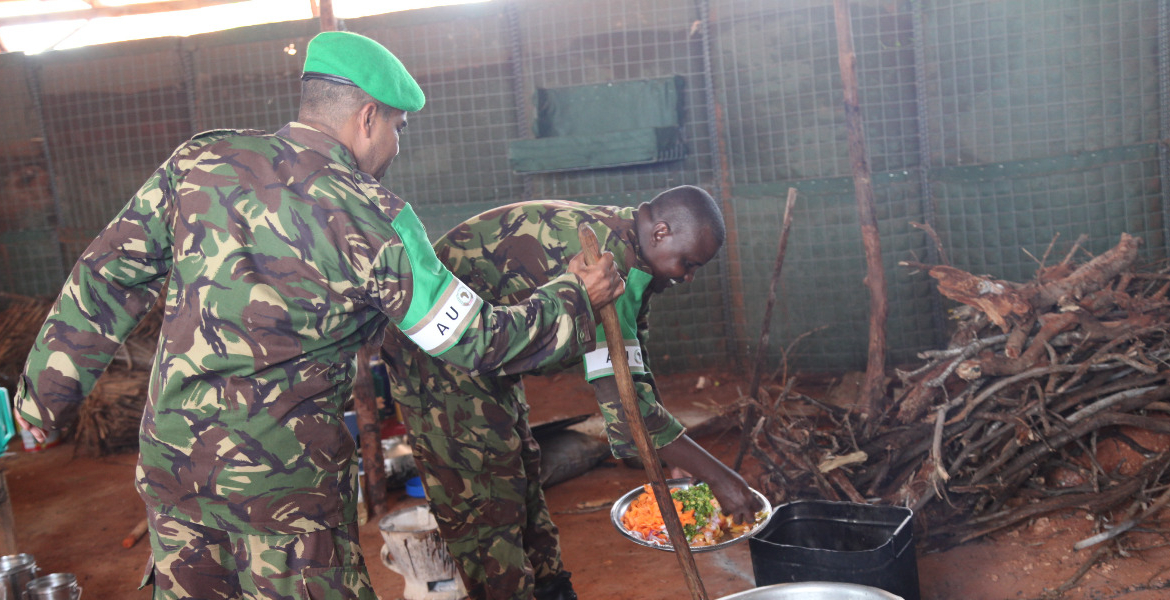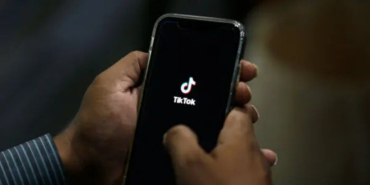Kenya Defence Forces End Free Lunch, Soldiers to Start Paying From July 1

Starting 1 July, the Kenya Defence Forces (KDF) will implement a new 'Pay-As-You-Eat' (PAYE) scheme, replacing its long-standing state-subsidised lunch programme.
This policy shift, authorised by the Ministry of Defence, impacts military personnel at peacetime locations and is presented as a measure to enhance cost-efficiency and reform. The move has prompted unease among service members, particularly within the junior ranks, who view it as detrimental to their financial stability. The Ministry of Defence has granted units access to temporary seed capital in the form of ration provisions for an initial two-week period, according to internal communications seen by Nation.
This seed capital aims to support the programme's launch. Brigadier Eric Nzioki, Chief of Logistics, signed a memo dated 23 June, outlining that proceeds from these initial rations will finance a self-sustaining revolving mess system. Localised management committees are to oversee the transition and subsequent administration of meal services.
This transition marks the second attempt by KDF leadership to phase out meal subsidies, with previous efforts failing due to internal resistance. Defence officials maintain that the current Exchequer-funded model suffers from inefficiencies and misuse, straining public finances and failing to provide adequate meal options for personnel. Key motivations for the reform include addressing redundancies in ration allocation and reducing labour inefficiencies caused by lengthy queues.
The Ministry argues that adopting decentralised and cashless meal management systems aligns KDF practices with global military standards, offering personnel greater flexibility and variety while reducing administrative overhead. The ministry suggests that the PAYE model will eliminate resource duplication and allow for the redeployment of savings to more pressing defence priorities.
However, despite the Ministry's justifications, many service members express frustration and concern. Speaking anonymously due to protocol constraints, they fear that shifting the cost burden onto personnel, especially without corresponding allowances, will negatively impact morale and disproportionately affect junior officers with limited disposable income and existing financial obligations.
To facilitate the implementation of the PAYE scheme, the Ministry has outlined a comprehensive roll-out plan that includes sensitisation campaigns for service members, gradual infrastructure upgrades, and the adoption of digital payment systems.
Recommendations from an oversight committee in late 2024 endorsed the use of mobile Paybill accounts and fast data-processing technologies to enable cashless transactions. The Ministry has also assured that personnel stationed in non-combat or non-training assignments will be affected, while those in active duty locations will continue to receive provisions under existing scales. Further directives call for the upgrading of mess facilities during the second half of the current financial year, with a full budget allocation anticipated in 2025/26.
Committee-led risk assessments are underway to identify vulnerabilities that might impede the PAYE model's success. Senior commanders have been instructed to coordinate closely with Defence Headquarters to produce status reports and ensure preparedness across units. While advocates for reform within KDF argue that financial leakage and operational inefficiencies necessitate this shift, critics caution against introducing market-based systems into essential military welfare provisions.
In a profession that values discipline, cohesion, and morale, even seemingly minor administrative adjustments can have significant consequences throughout the ranks.








Add new comment